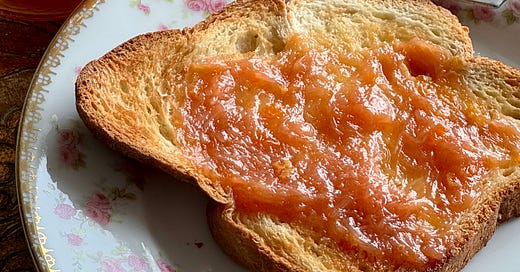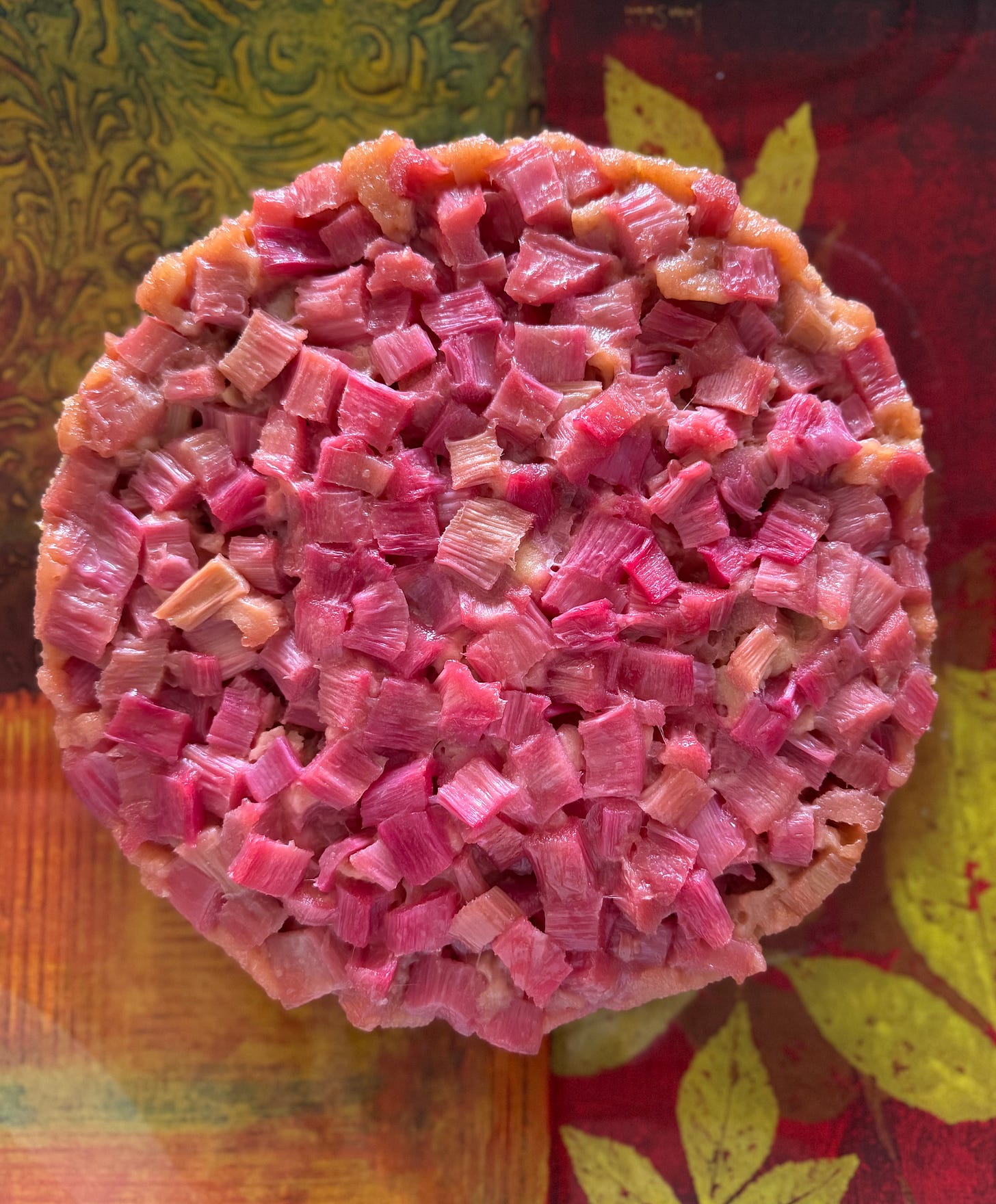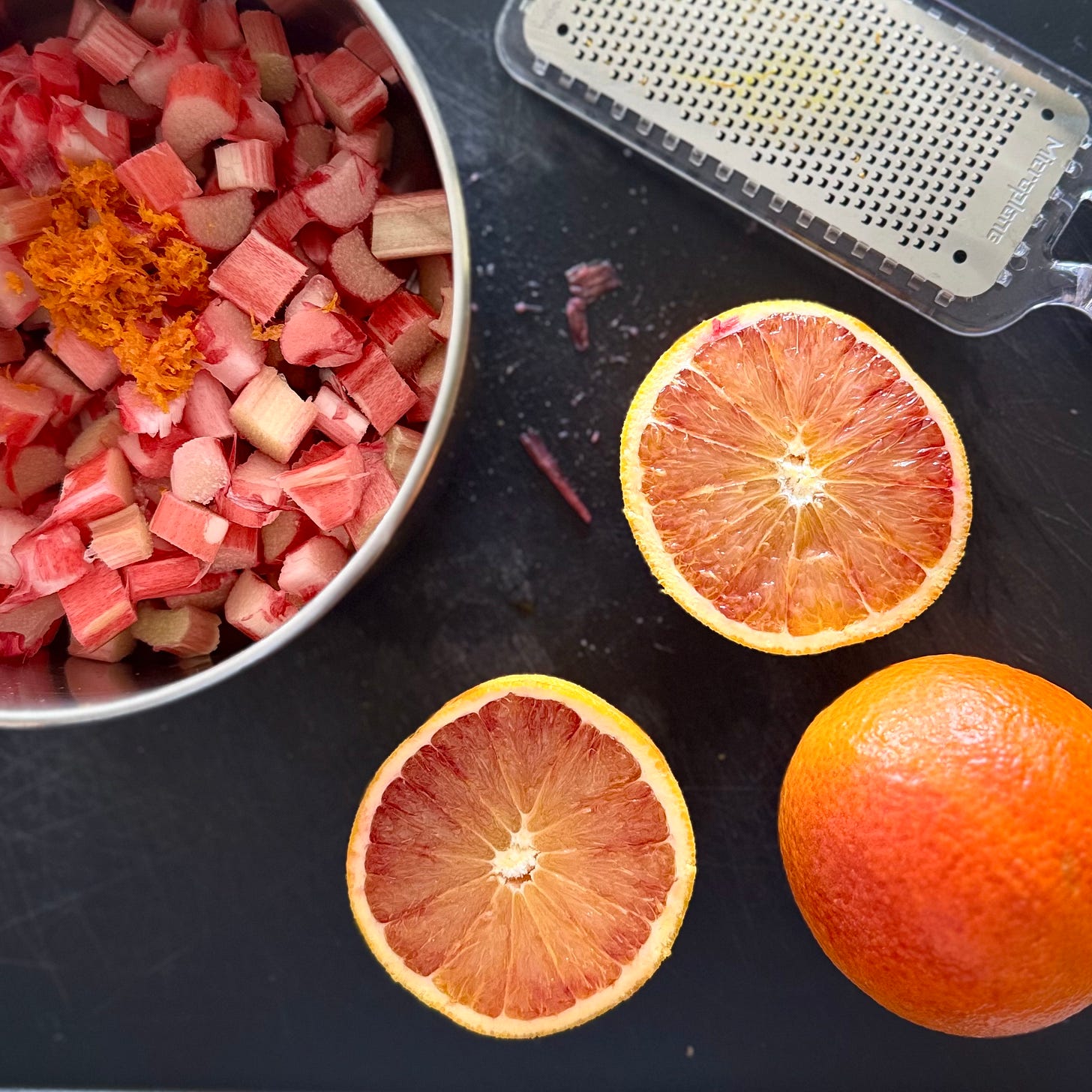It was one of those March days when the sun shines hot and the wind blows cold, when it is summer in the light and winter in the shade.
– Great Expectations, Charles Dickens
The chives have begun their silent struggle out of the earth.
Tiny, bright sharp spears of green, they’re indifferent to last summer’s soil, the straggling debris of plants long gone—perhaps their siblings from another season—the sharp and acrid March air.
For them the Earth has turned with a little jig of joy, and suddenly there’s a different energy afoot, an aliveness that tingles through my toes as I step barefoot out onto the chill-cold and barren terrace. Even as the lion of March has one last roar of single digit temperatures and below 0C nights, the spring equinox has sent its clarion call out. With the slow but sure lengthening of the days, we are all stretching lazily and waking from our winter slumber.
That is one good thing about this world—there are always sure to be more springs.
—Anne of Avonlea, L.M. Montgomery
Spring is the perfect season to shake off the stillness of winter and lean into something new. There's a natural shift in energy this time of year; where winter invites us to slow down and turn inward, spring nudges us to open up, take action, and step into possibility.
For anyone who grew up in an Italian household, spring is also famously the time of the cambio di stagione. Literally meaning “change of season,” this seasonal ritual refers to the swapping out winter clothes for lighter spring and summer attire. It’s a serious undertaking, a multi-day affair, with winter coats and heavy sweaters needing to be cleaned, ironed, folded, and carefully stored to make room for spring’s lighter clothing.
This concept applies just as well to the garden. As winter fades, it’s time to clear out the remnants of the past season, refresh the soil, and make way for new growth. There’s a sense of anticipation for what’s to come, a shift in mindset, an opening up to the possibilities of the warmer seasons.
When the world wearies and society fails to satisfy, there is always the garden.
—Minnie Aumonier
And so.
The chives are coming, and soon behind them, if Mother Nature is kind, will come my hostas and hyssop and lavender, and perennial herbs and the pretty little coral rose bush that valiantly bloomed on my terrace last year. I’m counting on the lovage and the delphinium and the Siberian irises. I’m keeping an eye on that pot of tulip bulbs I planted last November, that precious cargo from Amsterdam that will bring me back to a different city full of light.
But I also know it’s easy to fixate on the green shoots—the visible, immediate results — and miss what’s happening below the surface. No matter my impatience, I remind myself that delayed growth doesn’t mean nothing is happening; the most important changes are below the surface. The strengthening of roots, that unseen process, is what actually sustains life when things get tough. When the full summer sun is shining brightly on my treetop terraces, it’s those hidden foundations that will matter most.
If you liked this post, let me know by clicking the ❤️ button. It helps spread the word about Delicious Bits and brings me joy. Thank you, dear readers and eaters!
From the Book of Time (Part 1)
Mary Oliver, Devotions
I rose this morning early as usual, and went to my desk.
But it's spring,
and the thrush is in the woods,
somewhere in the twirled branches, and he is singing.
And so, now, I am standing by the open door.
And now I am stepping down onto the grass.
I am touching a few leaves.
I am noticing the way the yellow butterflies
move together, in a twinkling cloud, over the field.
And I am thinking: maybe just looking and listening
is the real work.
Maybe the world, without us,
is the real poem.Rhubarb and blood orange jam
makes 1½ cups jam
March is the season of intersectional cooking: root vegetables abound, luscious citrus is still available, while the first harbingers of spring slowly make their way to the greengrocer and farmers’ markets.
It was no accident that my first sighting of local forced rhubarb was on Thursday, the day of the spring equinox. These pale pink early stalks are delicate and retain their colour in a way that their sturdier siblings don’t later in the season. So of course, I made my go-to rhubarb dessert posthaste: this luscious and easy rhubarb upside-down cake.
But as is often the way with my enthusiasm, I had more rhubarb on hand after baking—though not quite enough to do anything fancy. So why not marry the waning of winter with the emergence of spring? With the last of the Spanish blood oranges in my refrigerator and not quite a pound of rhubarb, jam seemed to be in order.
While this very small batch of rhubarb and blood orange jam may not seem worthwhile for the output, it can be scaled up easily. But even a small jar will be a welcome treat as the March winds blow and those shoots keep striving to see the sun.
Ingredients
2 tbsp finely sliced orange peel (with some pith), blood orange or otherwise
Approximately 11 oz (300 g) rhubarb, chopped
The zest and juice of 1 medium blood orange
½ cup granulated sugar (about 100 g); adjust to taste
1 tbsp lemon juice
Pinch of salt
Instructions:
Blanch the orange peel for 1–2 minutes in boiling water to soften and reduce bitterness. Drain and set aside.
Combine chopped rhubarb, blood orange zest and juice, blanched peel, sugar, lemon juice, and salt in a saucepan. Let sit for 10–15 minutes to macerate.
Bring to a simmer over medium heat, stirring to dissolve the sugar. Reduce heat and cook gently, stirring often, for 30–40 minutes, or until thickened and jammy.
Test if the jam is set on a chilled plate (it should wrinkle slightly when nudged after cooling a moment).
Spoon into sterilized jars, seal, and store in the fridge once cooled — or water-bath process if keeping shelf-stable.










Thank you Elizabeth, for these words. You have given me real refreshment. And a feeling of hope I didn't even realise I needed. ❤️
There is so much hope in your words - can it actually be coming as 10cm are to fall here overnight. This Jam looks divine